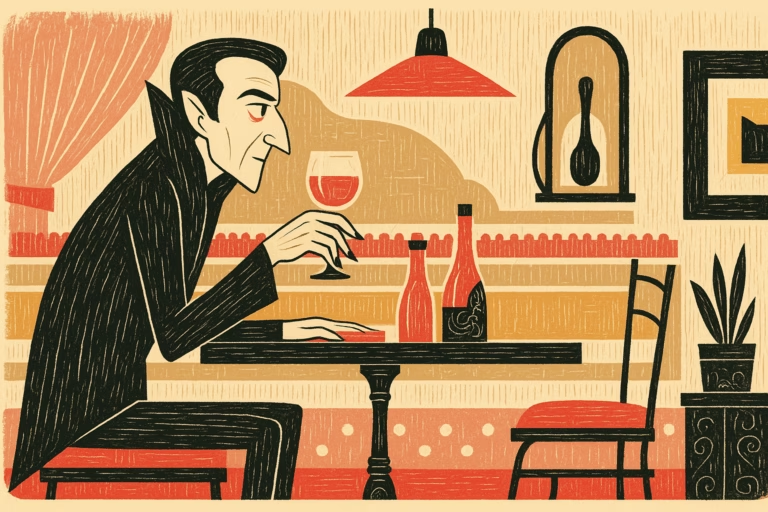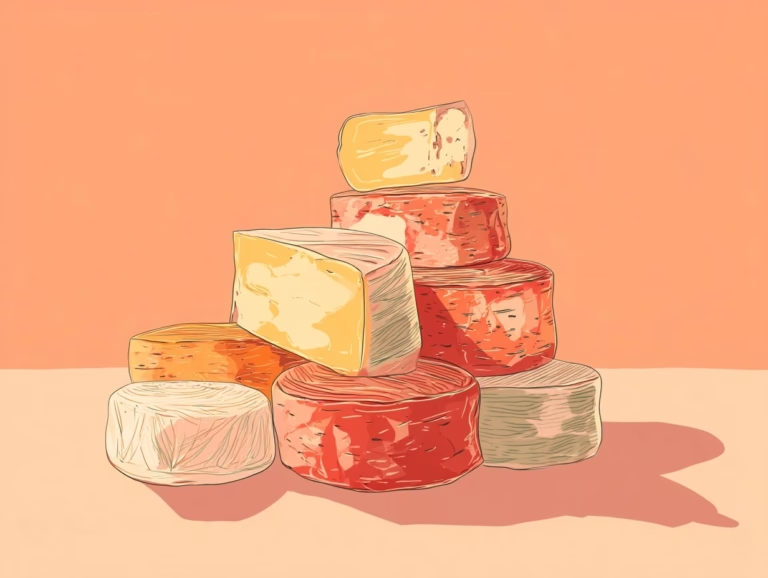Pink Wine, Uncorked: Maxwell Park’s Pink Pony Club Rosé Tasting
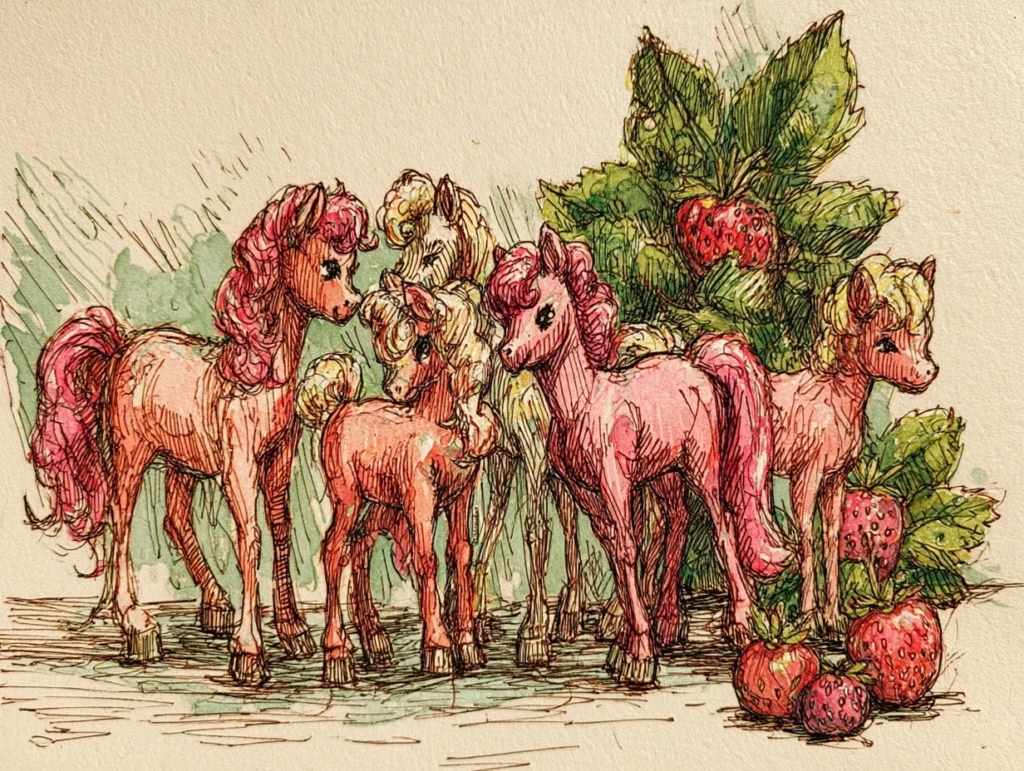
Maxwell Park’s Pink Pony Club Walk-Around Tasting this Saturday wasn’t just an excuse to wear baby-pink everything and drink blush-colored wine for three hours straight (though yes, I absolutely did both). It was a hands-on learning course in what makes rosé one of the most dynamic and expressive categories in the wine world.
With 25 wines on offer from five forward-thinking distributors—Prestige, Winebow, Kellogg, Plant, and Maxwell Park’s own cellar—the tasting spanned four continents, countless grape varieties, and every shade of pink imaginable. Unlike my last major walkaround, I managed to try all 25 in the 90 minute time allotment (!!!), thanks to rosé-fueled determination, grit, and some time management support from my friends (thanks, Lily)! And somewhere between the fizzy Baga and the salty Canary Island rosé, I found myself rethinking everything I thought I knew about rosé.
Here are five takeaways from an afternoon that had me blushing.
🍇 1. Rosé Isn’t a Grape, It’s a Canvas
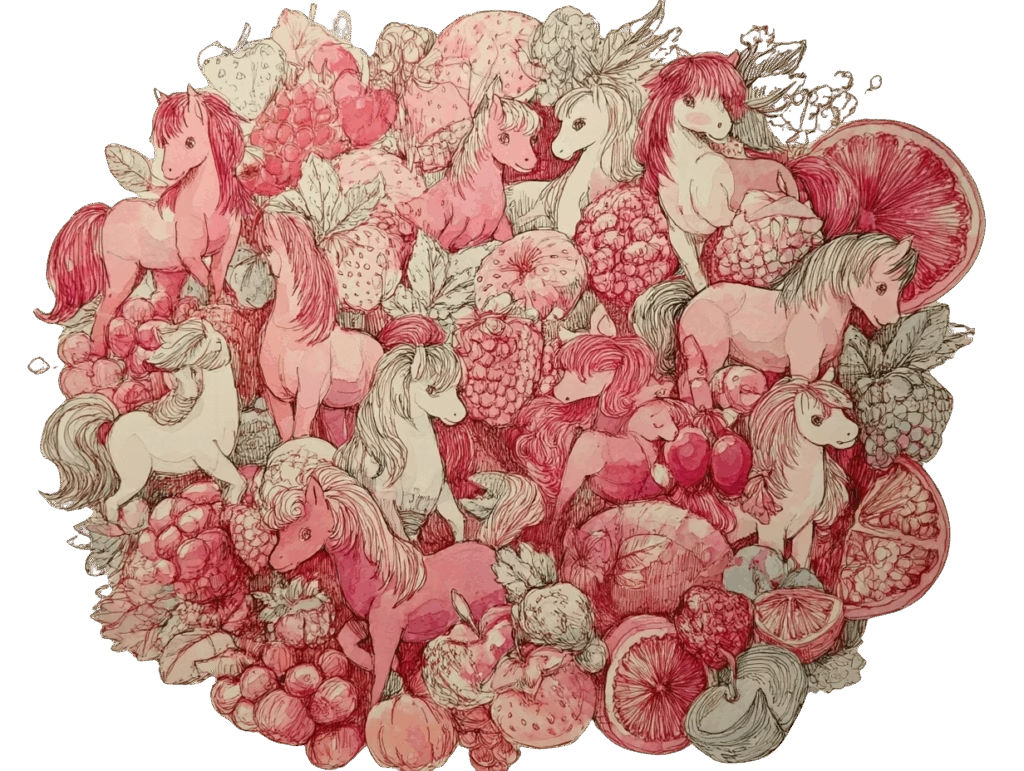
If you think rosé just means Grenache and maybe some Pinot Noir, think again. The Pink Pony Club poured wines made from Çalkarası, Listán Negro, Sciaccarello, Moschofilero, Zinfandel, Gamay Gris, Gaglioppo, Vespolina, Syrah, Nero d’Avola, Perricone, Malvasia, and more. Some were single-varietal stunners (like Pasaeli’s Çalkarası “Seahorse” from Turkey, my first-ever Turkish rosé), while others were complex blends (hello, Idlewild’s Flora & Fauna).
There were pink wines made from grapes that are red, rosé, white, and sometimes all three in one bottle—Wonderwerk’s salmon-hued California blend of Chenin Blanc, Pinot Gris, and Malvasia was a standout.
And let’s not forget the pinkish-gray grapes: Fontsainte’s Blanc de Gris from Grenache Gris and Tselepos’ Moschofilero, both pink-skinned varietals that highlight how versatile this category really is.
🎨 2. Rosé Is a Whole Color Palette
Color-wise, this tasting looked like a Pantone board in a Mediterranean design studio. You had the whisper-pale Mirabeau “X”, the glowing coral Garzon Pinot Noir, the ruby-toned Trinquevedel Tavel, and the cloudy, orange-edged bottles like Markogianni’s Orange Ritinitis and Sfera’s 1L natural rosé blend.
The range of hues came down to a mix of production method and winemaking style:
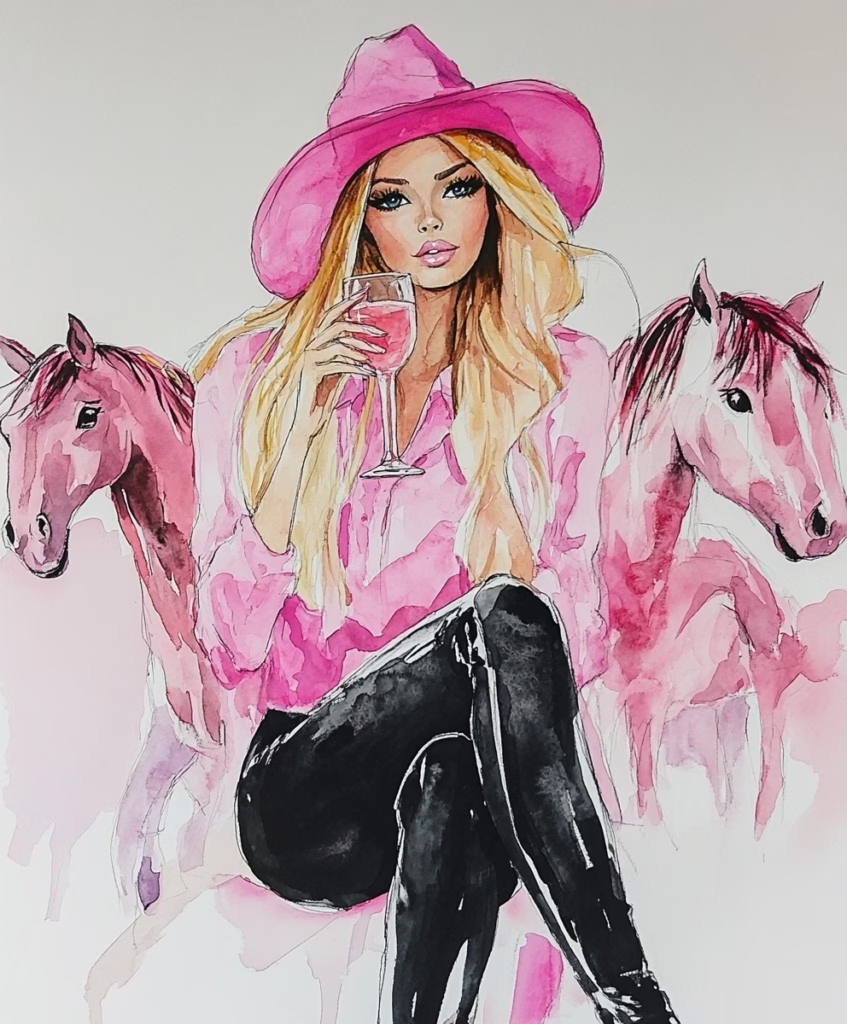
- Direct press: Grapes are pressed immediately after harvest, limiting skin contact and resulting in a pale, delicate rosé.
- Saignée method: From the French word for “bleeding,” this technique involves bleeding off some juice from red wine fermentation to make rosé. The result is often darker and more concentrated.
- Short maceration: Grapes are left in contact with their skins for a few hours to a day before pressing, building more color, body, and aromatics.
- Skin-contact/co-ferments: Red and white grapes are sometimes fermented together with extended skin contact, pushing the boundaries between rosé, orange, and chillable red wines.
Even wines labeled rosé were technically orange, pink-orange, or pinkish-red. All this is to say: color is a clue as to what you’re going to get from a wine, but never the full story.
🍽️3. Rosé Isn’t Just for the Pool. It’s for the Table—and Maybe Even the Cellar.
A lot of people still think of rosé as “fun” wine—which is true, but also limiting. The wines poured here spanned everything from light and easy (like House of Brown’s Zin/Muscat/Viognier blend) to full-bodied, food-driven rosés like Les Chemins de Bassac’s “L’incandescente” Syrah or the savory and structured Domaine Comte Abbatucci “Faustine” from Corsica.
Several showed real ageability. Librandi’s Gaglioppo “Rosato” had enough tannin and acidity to go a few years in bottle, and Jolie-Laide’s Gamay/Cab Franc blend felt like the kind of rosé you’d serve at Thanksgiving. Structured, herbal, and deeply aromatic. I’m personally excited to see where the Trinquevedel Tavel that came home with me goes in the next few years.
These wines deserve more than casual sips. I left dreaming of food pairings: Tselepos’ Moschofilero with spicy Thai larb salad (my takeout order later that night), Les Rocailles Gamay with roast chicken, Los Bermejos Listán Negro with grilled octopus. Yum!
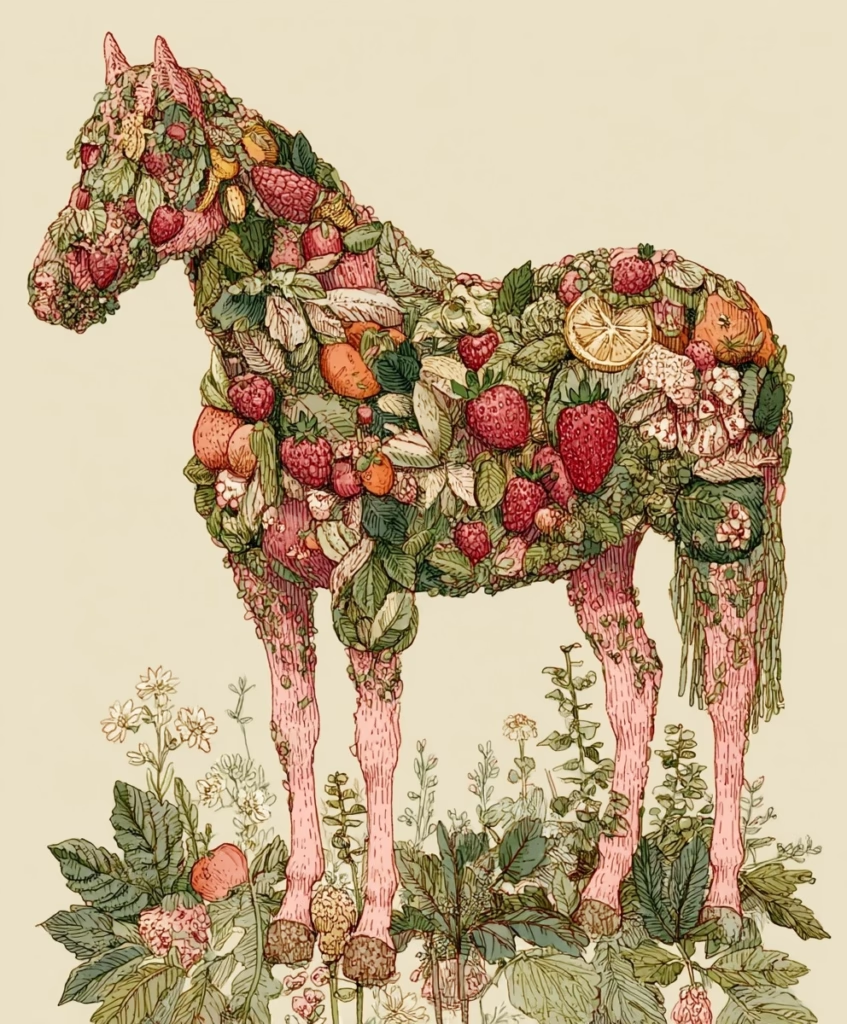
🌍 4. Rosé Is a Global Affair
The tasting read like a rosé passport stamp collection. Wines came from France, Spain, Italy, Greece, Turkey, Portugal, Germany, the U.S., Uruguay, and even Ukraine (shoutout to Shaba’s Pinot Noir rosé, one of the most delicate of the day).
Canary Islands rosé? Yes. Corsican Sciaccarello? Also yes. Orange-tinted Müller-Thurgau from Germany? Pinke Pinke, I’m looking at you.
Maxwell Park is always a leader in exposing customers to new grapes and regions, and it was refreshing to see underrepresented regions get the spotlight, alongside natural and low-intervention darlings from California. The sheer diversity of origins proved just how universal rosé has become—and how each region brings its own spice, fruit, or minerality to the glass.
🤝 5. A Great Distributor Is a Rosé Sommelier’s Secret Weapon
Each table was hosted by a distributor who clearly knew their stuff. Arielle Monaco (Prestige) introduced some of the cleanest, most classic rosés of the day, including a gorgeous 2024 Muga Rosado and a Tavel that reminded me why that AOC is still the granddaddy of structured, age-worthy rosé.
Jon Daniels (Winebow) brought the hits—from the Argyle sparkling rosé to a delicate Pinot Noir from Garzon, Uruguay, which I had the fortune of visiting a few years back, that had all the wild strawberry energy you could want.
Daniel Runnerstrom (Kellogg) flexed hard with Matassa-esque natural picks like Sfera and Monte Rio, and the spicy, complex Abbatucci rosé that still haunts me. It was also great to see Jolie-Laide, one of my California favorites, represented at the table.
Sarah Horvitz (Plant) had the most esoteric and experimental wines—Wonderwerk, Day Wines “Lemonade”, and a briny, volcanic rosé from the Canary Islands that tasted like pink sea spray.
And Maxwell Park itself? Iconic, obviously. Their house selections were low-intervention, high-personality, and perfectly curated. I still don’t know how Idlewild’s Flora & Fauna rosé manages to be soft, savory, floral, and zesty all at once—but I’m glad it does.
Last Call
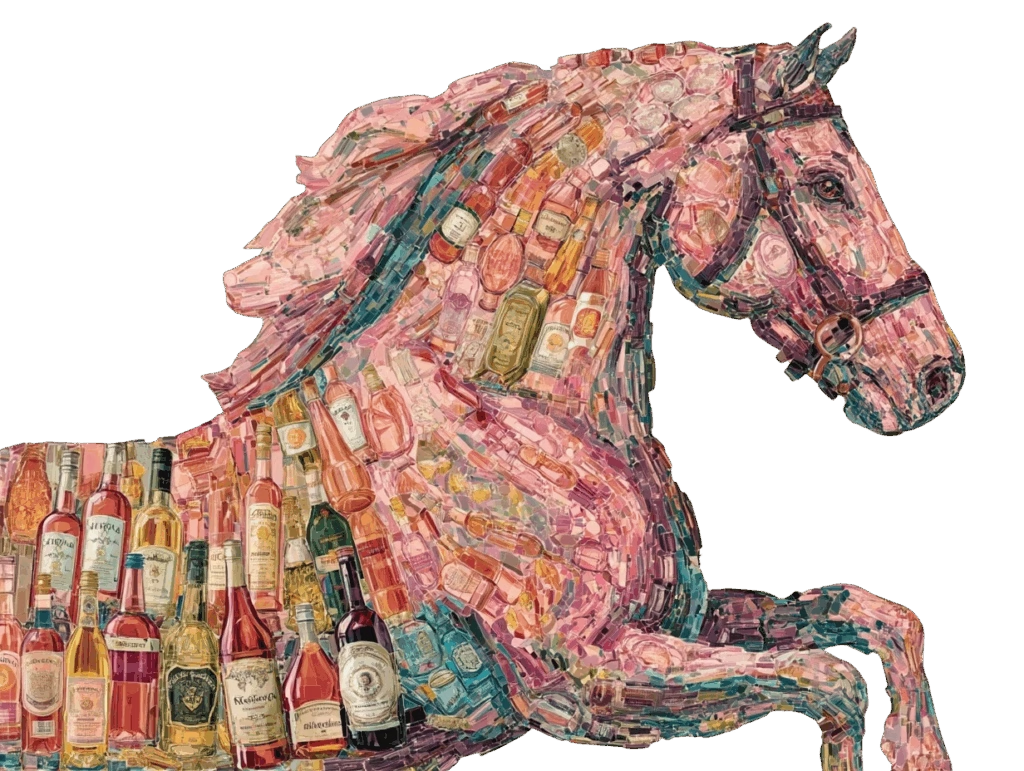
By the end of the tasting, my notebook was stained pink and full of pink hearts. Rosé isn’t just back for the season—it’s back for good. What is changing, though, is how we talk about it: not as a novelty, but as a category that embraces complexity, variety, and a good dose of joy.
If I learned anything from the Pink Pony Club, it’s that rosé doesn’t need to prove itself anymore—it just needs to be poured, paired, and appreciated.
So this summer, when someone says “rosé all day,” feel free to ask for clarifications.
Here are notes from the seven bottles of rosé that left the tasting with me:
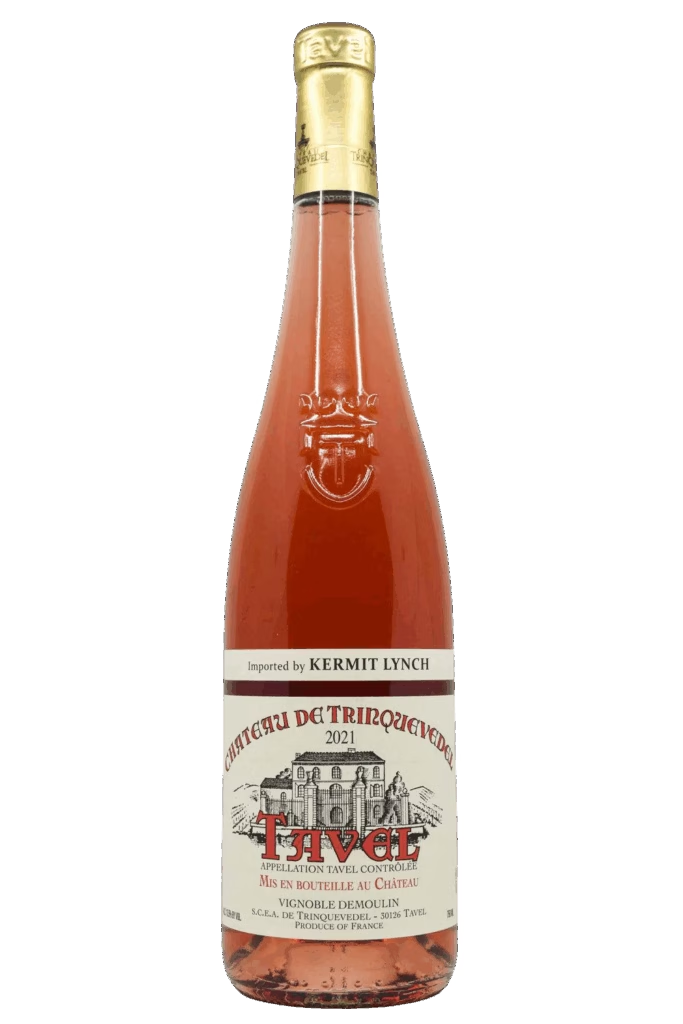
Trinquevedel | Rhône Blend | Tavel AOC, France | ABV 13.5%
Proof that rosé can wear a blazer. This Tavel—a Grenache-led blend from the Rhône’s only all-rosé AOC—pours a vivid ruby and brings real structure to the party. Expect raspberry coulis, blood orange peel, and a whisper of garrigue. Full-bodied and dry, it has the grip and depth to stand up to grilled lamb or lentil salad. Drink now or cellar for a few years—it’s built for both. An elegant reminder that rosé isn’t always dainty.

Argyle | Chardonnay/Pinot Noir | Brut Rosé | Willamette Valley, Oregon | ABV 12.0%
Classic méthode traditionnelle sparkle from Oregon’s Dundee Hills. Pale salmon in the glass, this blend of Chardonnay and Pinot Noir opens with strawberry, Rainier cherry, and a touch of brioche. The mousse is fine, the finish is dry, and the vibe is “celebration without occasion.” A versatile bottle that elevates brunch, weeknights, and every toast in between. Bonus: it tastes more expensive than it is.

Ioppa | Nebbiolo/Vespolina | “Rusin” | Colline Novaresi DOC, Piedmont, Italy | ABV 12.5%
A whisper of the Alps and a lot of finesse. This northern Piedmont rosato melds Nebbiolo’s rose petal and tar notes with Vespolina’s spice and red berry snap. It’s light but earthy, like wild strawberries scattered on forest floor. A soft tannic tug gives structure, making it perfect with prosciutto, charred greens, or alpine cheeses. A rosé for thinkers—and Neb drinkers.
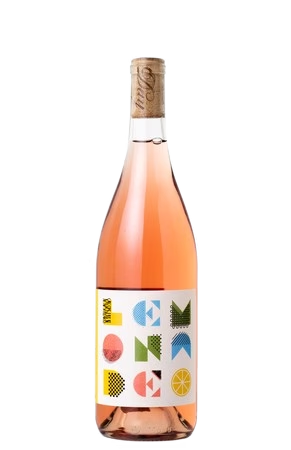
Day Wines | Pinot Noir/Gamay | “Lemonade” | Willamette Valley, Oregon | ABV 12.1%
True to its name, this co-ferment is pure summer energy. A mix of Pinot Noir and Gamay with a splash of sass, “Lemonade” is light, hazy, and thirst-quenching, with notes of cranberry, currant, lemon zest, and crunchy rhubarb. Chill it way down and pour liberally at picnics or while waiting for the grill to heat. Slight fizz, no pretense, all fun.
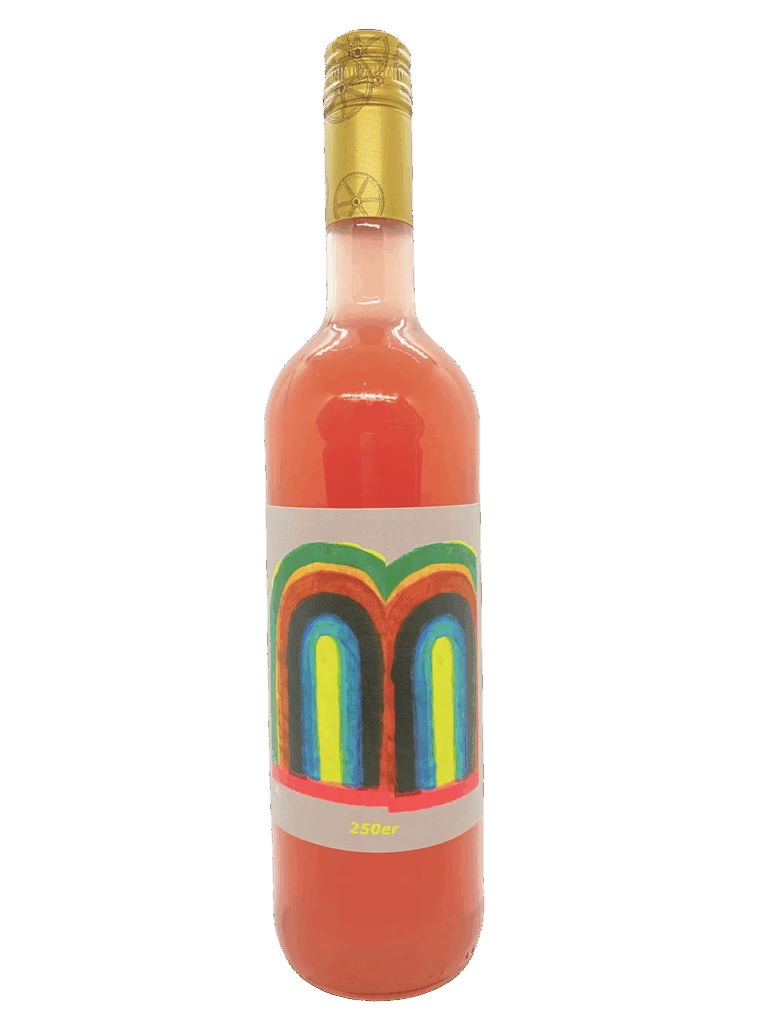
Schlossmühlenhof | Müller-Thurgau/St. Laurent/Gelber Muskateller | “Pinke Pinke” | Rheinhessen, Germany | ABV 11.5%
Funky, floral, and just a little wild. This German blend is unfiltered and unfussy, bursting with watermelon rind, candied grapefruit, and geranium florals. Slight pétillance on the palate, a touch of grip, and a finish that hints at orange bitters. Pinke Pinke is for natural wine lovers who want a little drama in their rosé—and a lot of personality.

Wonderwerk | Chenin Blanc/Pinot Gris/Malvasia | California | ABV 11.3%
Cloudy coral in color and full of vibes. This 1L bottle of California cool is part skin-contact white, part pink wine, and all delicious. Think tangy tangerine, peach fuzz, jasmine tea, and a lightly salty finish. The Pinot Gris brings color, the Chenin brings acid, and the Malvasia brings the party. Serve cold and pour freely—it’s built to share.

Los Bermejos | Listán Negro | Rosado | Lanzarote, Canary Islands, Spain | ABV 13.0%
Volcanic pink with island soul. This rosado from the windswept soils of Lanzarote stuns with salinity, tension, and quiet power. Notes of sour cherry, grilled strawberry, and dried herbs ride a wave of minerality that could only come from black basalt. Bone-dry and nervy, it’s like drinking rosé in a salt cave—bracing in the best way. Bonus: it comes in a striking green bottle with a built-in pouring spout that’s perfect to repurpose for olive oil, vinegar, or your favorite BYOB dinner flex.
Missed the Pink Pony walk around tasting? Fear not, Maxwell Park is pouring a slew of rosé wines (including in half-pours) to suit all your pink wine needs until the end of the month.
DisclaimerL All content and images on this site are created for editorial and educational purposes. Any resemblance to pop culture icons, equine dolls, or fabulously dressed blondes is purely stylistic and lovingly referential—not commercial. This blog is independently produced, with no affiliation to or endorsement by any person, brand, label, or franchise.


